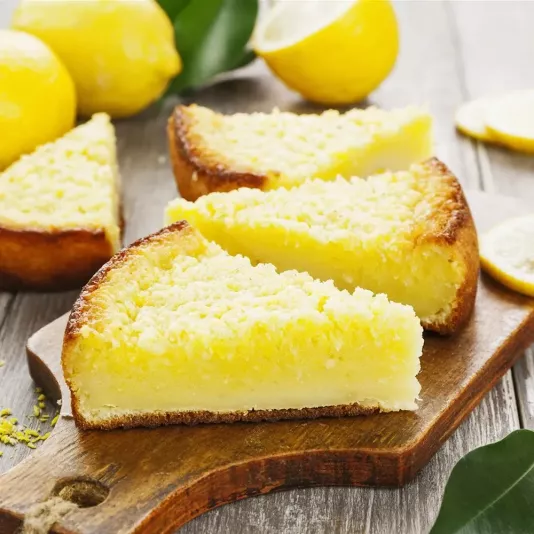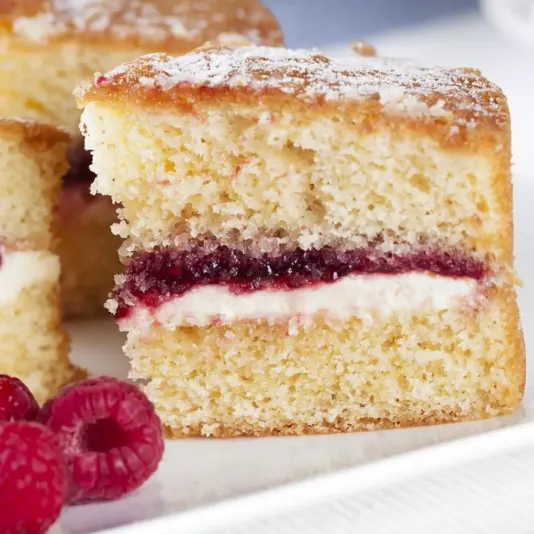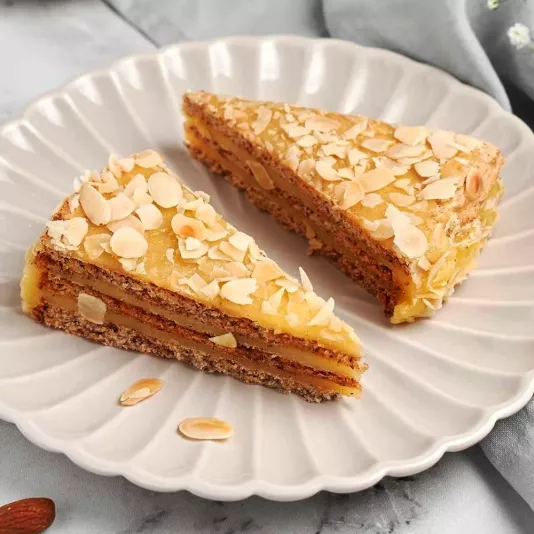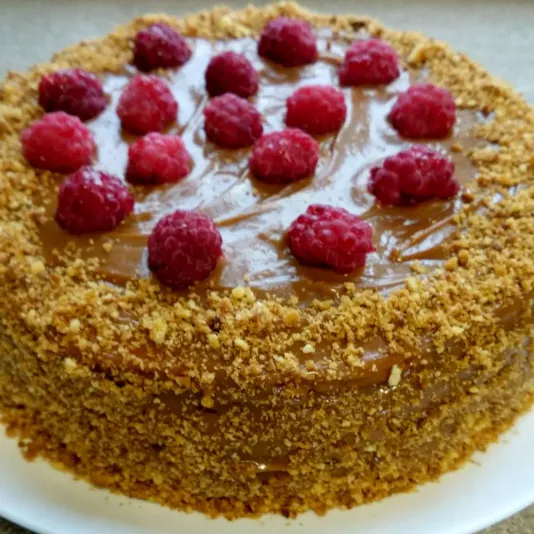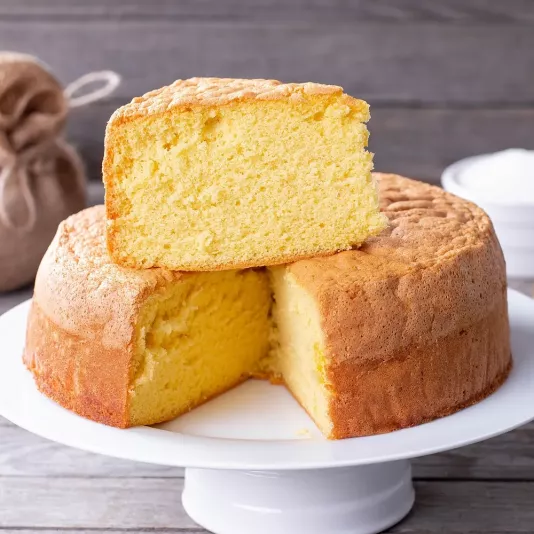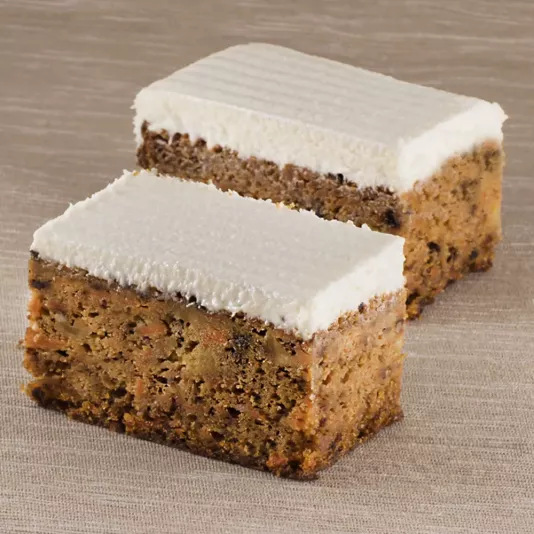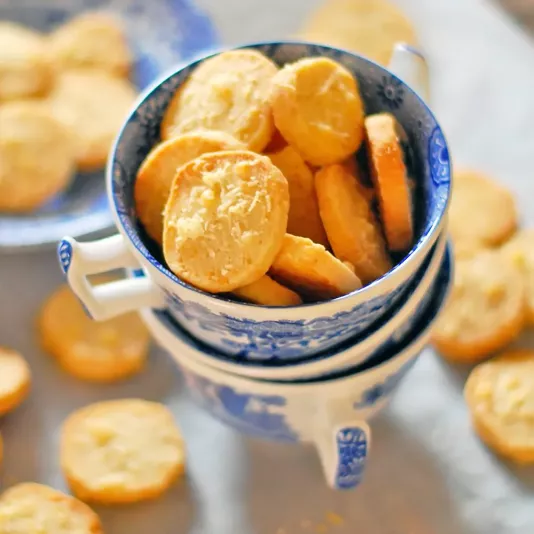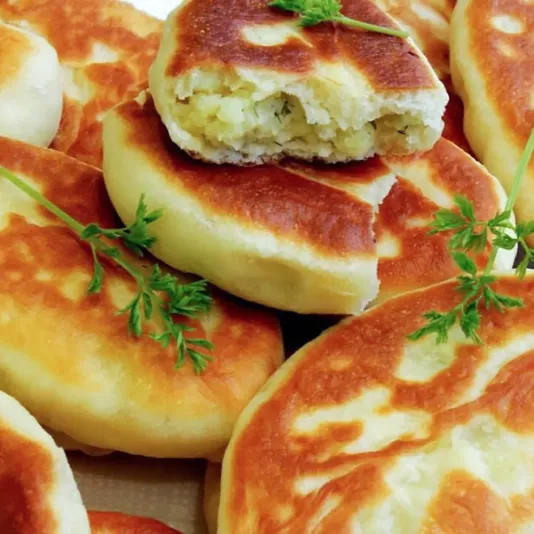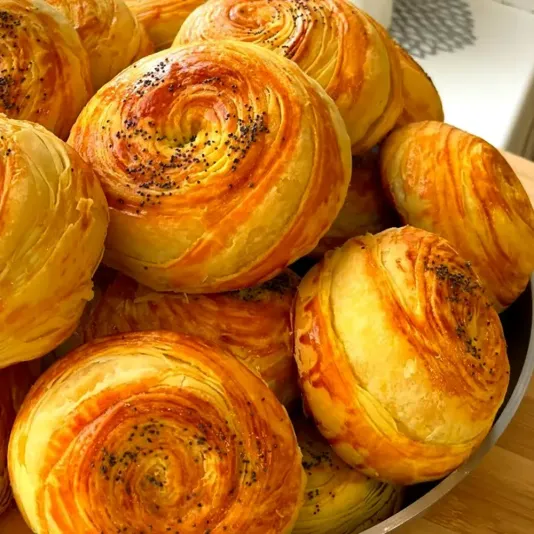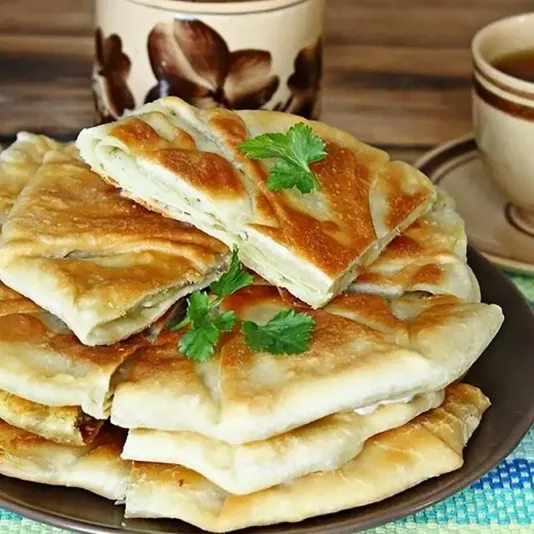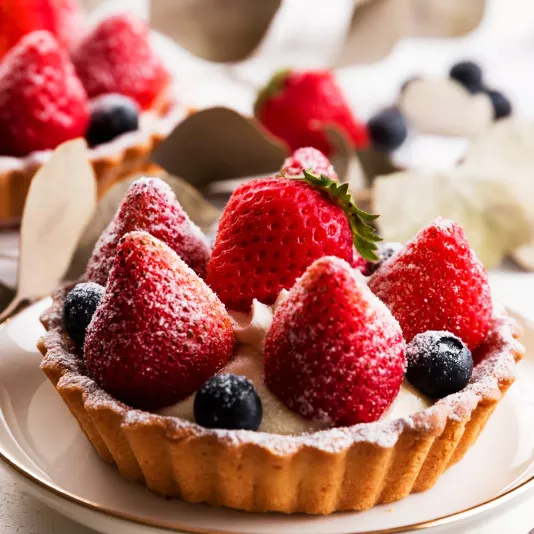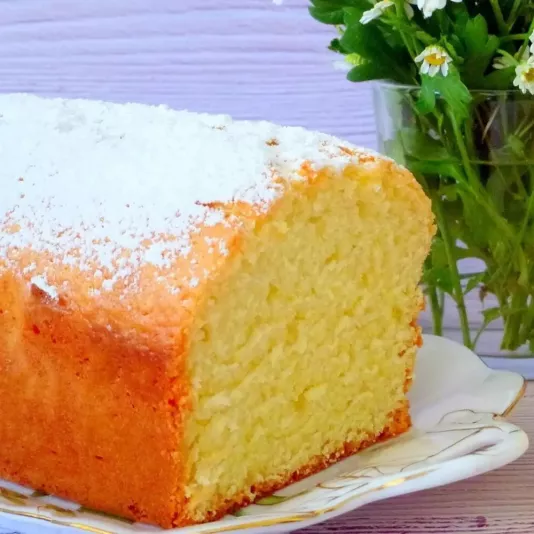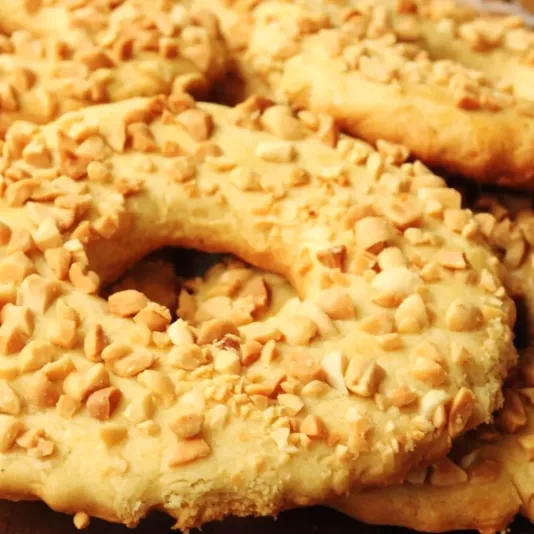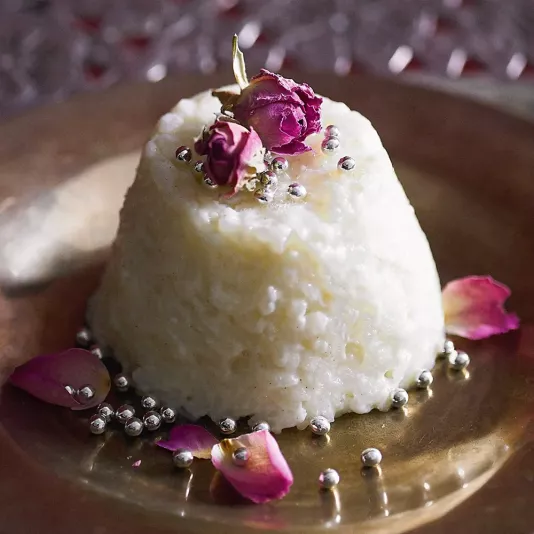Baking and Desserts
Baking and Desserts is an entire world of flavor, aroma, and texture, where even the simplest cookie can become a true masterpiece. Over years of baking, I’ve learned to distinguish not only the quality of ingredients but also the behavior of dough – it tells everything through its look and feel. Fresh eggs, high-quality butterfat, and properly sifted flour are the three pillars on which most recipes rest. Neglecting ingredient temperature or mixing order makes the outcome unpredictable. It’s important to feel the process: an oven that’s too hot won’t let the dough rise evenly, while overmixing makes it tough. My practice has shown that technique doesn’t always decide everything; sometimes you need attentiveness and calm to sense the moment when a dessert is ready. Then the aroma of fresh pastries fills the home, and every bite feels like a small celebration.
Baking and Dessert Recipes
There are no small details in baking. I always start by preparing the ingredients: everything must be at room temperature so the butter doesn’t separate and the eggs combine better with sugar. I always sift the flour – it ensures a light dough and helps avoid lumps. Over the years, I’ve realized that even the order of adding ingredients affects the texture. For example, if butter is added to the flour before the eggs, the texture becomes more crumbly. I grease baking forms with a minimum amount of fat – excess leads to burnt edges. For fruit desserts, it’s important not to overload the filling with moisture, so I always dry the berries or dust them with starch. The success of baking lies in precision, attentiveness, and respect for every stage, because even the simplest cookie deserves to be perfect. When recipes become familiar, that’s when mastery appears – the ability to see the result before it emerges from the oven.
Dough and Its Varieties
Dough is the heart of any pastry. By its nature, it reacts to temperature, humidity, and even the mood of the baker. Over years of practice, I’ve learned to feel it with my hands: when it’s too sticky – I add a bit of flour; when it’s dry – a few drops of water or milk. Shortcrust pastry needs minimal kneading to stay crumbly; yeast dough, on the contrary, requires patience and time for gluten to develop. Success also depends on resting the dough: cold gives stability to shortcrust, while warmth gives yeast dough the strength to rise. For sponge cakes, air in the eggs is key – it holds the shape when baked at 180°C (356°F). I always follow the rules: don’t rush, don’t overload the mass, and let the dough “breathe”. Only then does it reward you with a tender texture, even porosity, and that unmistakable aroma. And most importantly – don’t be afraid of mistakes, because every dough teaches you to listen to the kitchen with your heart.
Creames, Fillings and Glazes
Cream is what gives a dessert its completeness. I had to experiment many times to find the balance between sweetness and delicacy. Buttercreams require the right butter temperature – it must be soft but not melted. If overbeaten, the texture becomes grainy. For custard, it’s important to stir constantly to prevent lumps and not to exceed about 85°C (185°F), or the eggs will curdle. When I make fruit fillings, I always use a bit of starch or gelatin – it stabilizes the texture. Glaze should be glossy and flexible, so I cool it gradually, not in the fridge. All these details make the difference between an ordinary dessert and one you want to recreate. Creams don’t forgive haste, so I always advise preparing everything down to the smallest detail before calmly assembling the composition. Only when you sense the aroma and see the shine do you understand that you’ve captured true tenderness.
Temperature and Baking
The oven is the main partner in creating quality pastries. I never rely solely on the temperature scale but check the dough’s condition by color and aroma. Even heating ensures the center isn’t raw while the top doesn’t burn. Before baking, I always preheat the oven for at least 10 minutes, as a cold start causes loss of rise. For sponge cakes, I maintain 170-180°C (338-356°F), and for shortcrust pastry – 190°C (374°F). I never open the door during the first 15 minutes – even a brief temperature drop destroys the structure. Over the years, I’ve learned to listen to the sound: when the sizzling subsides, the process is nearly done. If the surface browns too quickly, I cover it with foil. The best result comes when the pastry cools gradually – then the crumb stays tender and the crust crisp. And every time I smell that familiar aroma, I know – this is the moment when home comfort is born.
Decorating and Serving
Serving a dessert is the continuation of its story. I always believe that appearance should emphasize the essence, not compete with it. For homemade pastries, natural beauty is enough: a light dusting of powdered sugar, a few berries, a sprig of mint – and the dish comes alive. When I use cream, I apply it with movements that follow the shape of the dessert, without turning decoration into a show of technique. The main thing is harmony of colors and textures. In my experience, too much decor distracts from the flavor, so I always seek balance. It’s also important to know when to serve: warm pastries have their charm, but some desserts reveal themselves only after cooling. I teach young cooks: true mastery is when a dessert looks simple but tastes perfect. And every time I see the happy faces of those who taste it, I understand – this is why I bake.
Secrets of Homemade Baking
My years in the kitchen have taught me that no recipe works without understanding the ingredients. Different types of flour absorb liquid differently, so I always focus on consistency rather than just measurements. Sugar not only sweetens but also retains moisture, so reducing it affects texture. Eggs add volume, but too many make the taste heavy. Everything must be in balance. Another secret is letting the dough rest before baking – even 15 minutes changes the result. I always cool pastries on a rack so the bottom doesn’t get soggy. And most importantly – don’t rush. Every dish requires attention, like a living being. I always say: baking is not just cooking; it’s a language of warmth and patience that everyone understands who has ever taken something from the oven that smells like home. In these moments, I feel true joy – creating simple yet perfect things with my own hands.
